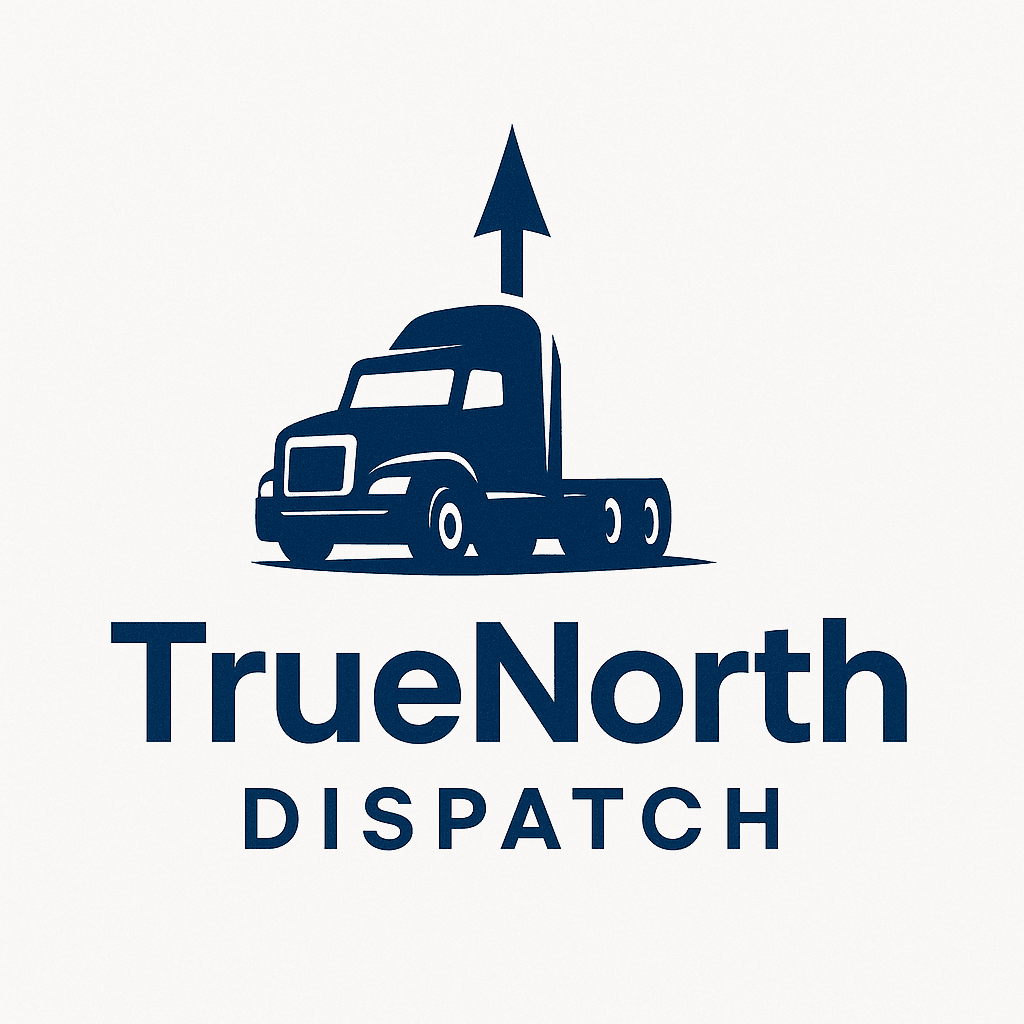How to Achieve Seamless Back-to-Back Loads During Peak Seasons
Understanding Back-to-Back Loads
In the logistics and transportation industry, achieving seamless back-to-back loads is crucial, especially during peak seasons. Back-to-back loads refer to the practice of efficiently scheduling two or more shipments in succession without downtime. This strategy can significantly boost productivity and profitability by maximizing the use of resources and minimizing idle time.
During peak seasons, demand surges, and the pressure to deliver on time increases. The ability to maintain a steady flow of goods without interruptions is essential for meeting customer expectations and staying ahead of the competition. Understanding the nuances of back-to-back loads is the first step toward optimizing your operations.

Planning and Coordination
Effective planning and coordination are key to achieving seamless back-to-back loads. Start by analyzing your supply chain and identifying potential bottlenecks that could disrupt the flow of goods. Prioritize routes and schedules based on demand forecasts and customer requirements.
Invest in advanced logistics software that provides real-time visibility into inventory levels, shipment status, and delivery timelines. This technology can help you make informed decisions about load assignments and scheduling, ensuring that resources are allocated efficiently.

Leveraging Technology
Technology plays a pivotal role in streamlining logistics operations. Implementing a robust transportation management system (TMS) can enhance your ability to manage back-to-back loads effectively. A TMS can automate load planning, optimize routing, and facilitate communication between drivers and dispatchers.
Moreover, using GPS tracking and telematics can provide valuable insights into vehicle performance and driver behavior, enabling you to address issues proactively and maintain a high level of service during peak seasons.

Building Strong Partnerships
Establishing strong partnerships with carriers, suppliers, and other stakeholders is crucial for achieving seamless back-to-back loads. Collaborative relationships foster trust and communication, ensuring that all parties are aligned on objectives and expectations.
Regular meetings with partners can help identify opportunities for improvement and innovation, ultimately enhancing the efficiency of your logistics operations. Open lines of communication and shared goals are the foundation of successful partnerships.
Training and Empowering Staff
Your team plays a significant role in executing back-to-back loads effectively. Providing comprehensive training and ongoing support ensures that your staff is equipped with the skills and knowledge required to handle increased demand during peak seasons.
Empower your team by involving them in decision-making processes and encouraging them to share their insights and ideas. A motivated workforce is more likely to embrace new strategies and technologies, resulting in improved performance and customer satisfaction.

Monitoring and Evaluating Performance
Continuous monitoring and evaluation are essential for maintaining seamless back-to-back loads. Implement key performance indicators (KPIs) to track the efficiency of your operations, such as on-time delivery rates, load utilization, and customer satisfaction.
Regular performance reviews can help identify areas for improvement and highlight successes. By analyzing data and gathering feedback, you can refine your strategies and adapt to changing market conditions effectively.
Adapting to Change
The logistics industry is dynamic, and adapting to change is crucial for long-term success. Stay informed about industry trends and emerging technologies that could impact your operations. Being proactive in adopting new solutions can provide a competitive edge during peak seasons.
Flexibility is key; be prepared to adjust your strategies as needed to meet customer demands and market fluctuations. By remaining agile, you can ensure that your back-to-back loads continue to run smoothly despite challenges.

Conclusion
Achieving seamless back-to-back loads during peak seasons requires a combination of strategic planning, technology integration, strong partnerships, employee empowerment, and continuous evaluation. By focusing on these areas, you can enhance your logistics operations and deliver exceptional service to your customers, even during the busiest times of the year.
Implementing these practices will not only improve your current operations but also lay the foundation for sustainable growth in the future. Embrace change, invest in technology, and cultivate a culture of collaboration to thrive in the competitive logistics landscape.
